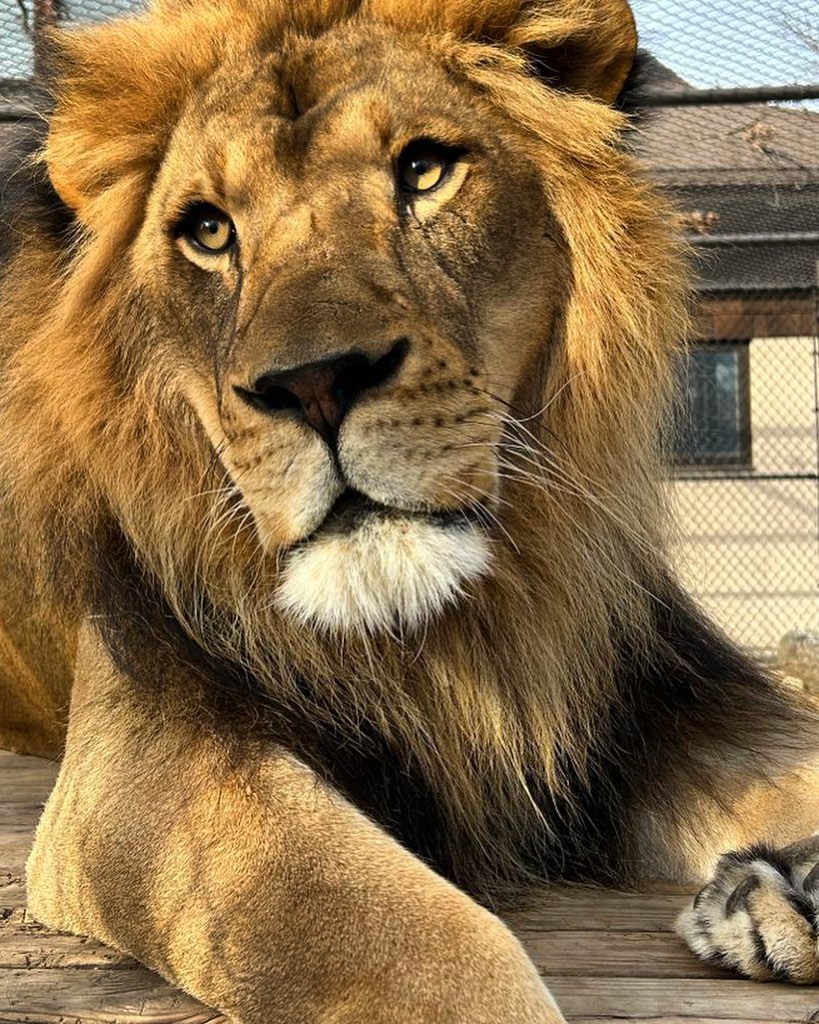– The captivating world of the Tatu is an intriguing creature with exceptional features.
– The incredible adaptability of the Tatu and its significance in various ecosystems.
– How the Tatu is a subject of admiration and worldwide conservation efforts.
—
It’s not every day you come across a being that can ball up like a soccer ball or whose armored charisma rivals that of medieval knights. Enter the enigmatic creature known as the Tatu – you might know them better as armadillos. These captivating animals exhibit a suite of features that are as fascinating as they are unique. Today, let’s delve into the world of the Tatu, and who knows, by the end, their photogenic looks might leave you wishing for just a bit of their star quality.
With their bony, segmented carapaces, Tatus is a testament to nature’s ability to innovate. These little creatures, belonging to the family Dasypodidae, are the last surviving members of a once large and diverse group of animals known as the Cingulata. They’re predominantly found throughout South, Central, and North America. Each species of Tatu boasts armor that’s not just for show – this natural defense system makes them a tough nut for predators to crack.
Have you ever pictured a mammal that can hold its breath underwater for more than six minutes? Or one that can float by inflating its stomach and intestines with air? As unlikely as it sounds, the Tatu is both swimmer and submariner, employing these awe-inspiring tactics to cross watery terrain.
Speaking of water, the Tatu’s ability to navigate its surroundings is miraculous. Their existence dates back over 50 million years; over this time, they have perfected the art of survival in diverse habitats. Whether burrowing in arid deserts or tip-toeing through lush forests, their adaptability is a marvel.
The art of digging is second nature to these creatures. With powerful claws designed for excavation, Tatus can unearth complex caves that serve as homes, hideouts, and even nurseries. These Earth architects create underground networks, which inadvertently benefit numerous other species. Burrows abandoned by Tatus become apartments for a variety of critters, thus contributing to the biodiversity of their ecosystems.
As the unofficial treasure hunters of the animal kingdom, Tatus have a diet as varied as their environments. They feast on insects, grubs, and other invertebrates, playing a pivotal role as pest controllers. Their keen sense of smell enables them to detect food up to 20 cm below the ground. This not only aids in their survival but also acts as a natural tillage system, aerating the soil and promoting the growth of plants.
One aspect of the Tatu’s life that resonates deeply is their solitary nature. These animals are consummate loners, engaging with others primarily during the mating season or when caring for their young. Despite their solitary habits, the bond between a mother, Tatu and her offspring is beautiful. They share a burrow, and the mother fiercely defends her brood. Interestingly, some species of Tatu show the extraordinary phenomenon of “polyembryony,” where identical quadruplets are born from a single fertilized egg.
Now, it’s not just their ecological prowess that makes Tatus impressive; they are also of significant scientific interest. These armored beings are one of the only animals besides humans that can contract leprosy. Studying Tatus has provided researchers with valuable insights into this disease, contributing to advancements in medical science.
Yet, for all their strength and resilience, Tatus faces challenges. Habitat loss, vehicle-related mortality, and hunting for food or sport have declined their populations. The Giant Armadillo, for instance, is listed as vulnerable due to these pressures. Conservation efforts aim to preserve Tatus and the myriad forms of life that thrive because of their ecological activities.
It’s remarkable how a creature so small can have such a significant impact on our planet’s health. That’s why the sight of Animal Curator Shanna posing with Tatu isn’t just a photographic moment—it’s a symbol of the harmony and connection between humans and wildlife. Understanding and appreciating the role of creatures like the Tatu in our ecosystems is essential in forging a sustainable future.
While Tatus might not be conventional beauties, their armored shells, curious habits, and ecological importance make them undeniably attractive. They’re a living reminder that beauty in the natural world comes in all shapes, sizes, and textures. As we contemplate their existence and struggle, perhaps we can also learn a lesson or two in resilience and adaptability.
In conclusion, the world of the Tatu is as deep and complex as any epic tale. From their unmatched ability to shield themselves from danger to their unrecognized role as eco-engineers, these creatures deserve our attention and protection. By understanding the fascinating aspects of their lives, we grow closer to understanding the fragile interconnectedness of our existence on this planet.
Like the famous saying, “Don’t judge a book by its cover,” Tatu urges us to look beyond the surface. Inside that tough exterior lies a creature full of surprises, adaptability, and a quiet strength that is as inspiring as it is essential to the natural world. So here’s to the Tatu – may we cherish their existence, protect their habitats, and continue to be awed by their photogenic armor. For their survival and prosperity lies the well-being of countless other species, including ours.
*****
Source Description
Tatu, how we wish we had your photogenic looks. 🦁😍
📸: Animal Curator Shanna


